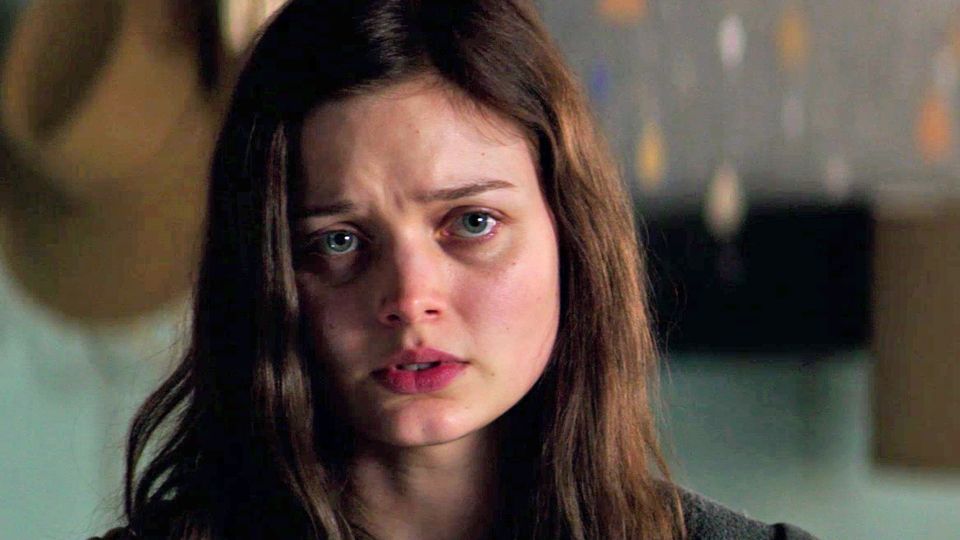

We then suggest future approaches for exploring the sociological significance of new cosmetic practices. We trace the history of medicalised cosmetic practices and academic discourses on the body, particularly how cosmetic practices are understood to produce the body as gendered and racialised. This has been accompanied by panic about the risks to bodies and aesthetic standards if stewardship of beauty should fall into the wrong hands. This shift in focus from surgical procedures to minimally invasive injections has led more practitioners to join the market of potential providers and a wider variety of consumers to seek them out. The most popular of these procedures are non‐surgical ‘tweakments’ to the shape and/or appearance of the face, usually through use of ‘injectables’ such as Botox and dermal fillers. These discourses have been reignited in recent years by changes in the availability, accessibility and affordability of medicalised cosmetic procedures. Science, aesthetics, the body, and the concerns they attach to, such as gender, ‘race’, class, age and consumer culture, are key objects of sociological investigation. Moreover, we must consider the immeasurable pleasures associated with lightening, and the feelings with achieving visibility in South Africa, a country that continues to wrestle with blackness. Banning skin lightening products without understanding the biological effects but also the social forces that underlie their increased popularity will prove futile. We argue that men and women practice skinlightening not only as a complex result of the internalization of global standards of beauty, but meshed with a national politics of race and colorism. The paper also investigates the role of media in staking out the boundaries of beauty. The paper seeks to examine claims made by historians (Thomas) and political philosophers and activists (Biko) that colonialism and apartheid in South Africa historically reinforced the use of skin lightening products in the country. This paper reflects on biological aspects of skin lightening, interpersonal relationships, individual beliefs and expectations about the maintenance of health and well being that informs cosmetic practices. By adopting a biopsycho-social approach, we consider the interplay between the biological, psychological and social factors that underpin the circulation and consumption of skin lighteners in South Africa.


Skin-lightening is an aesthetic practice of global concern.


 0 kommentar(er)
0 kommentar(er)
